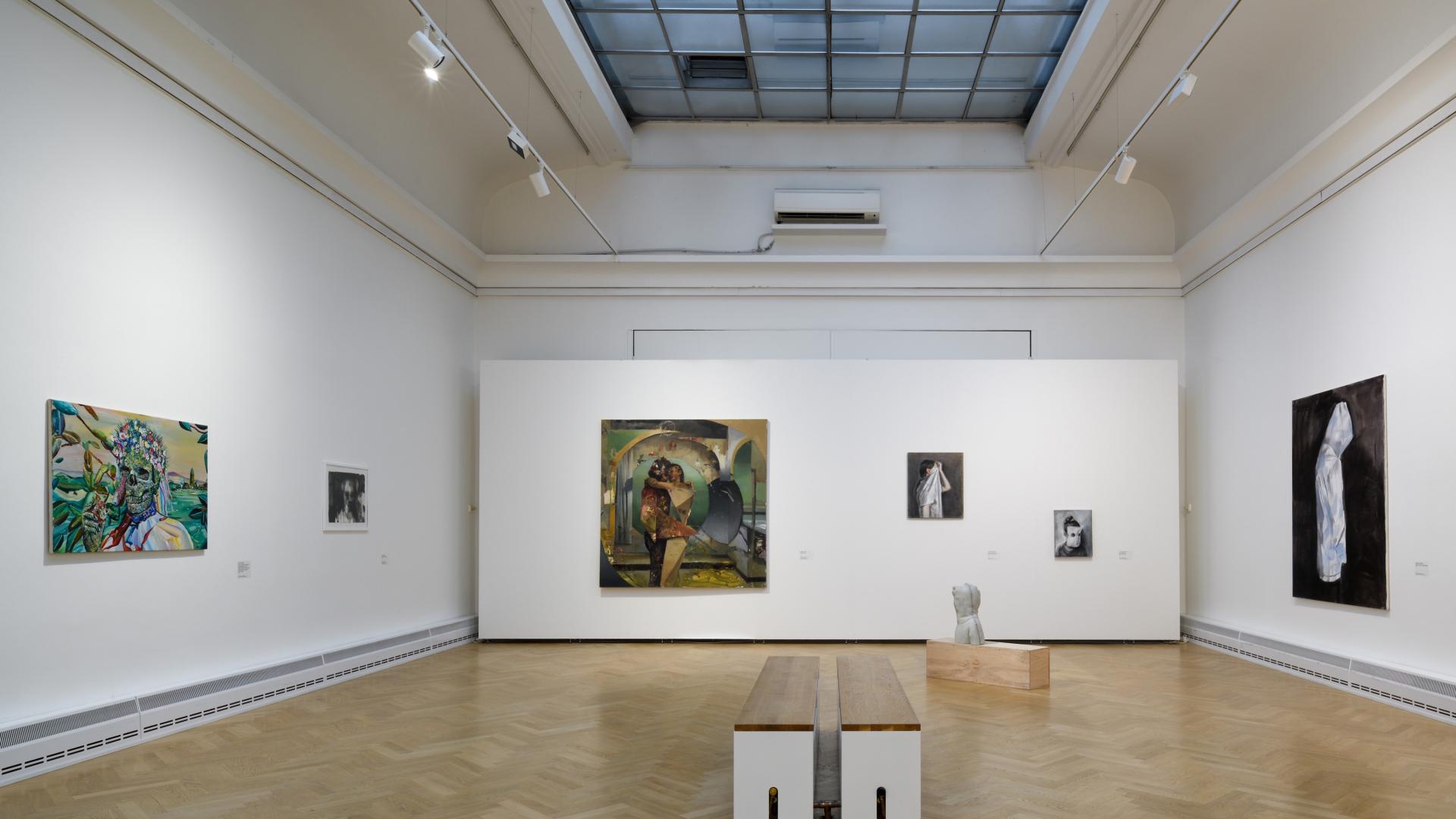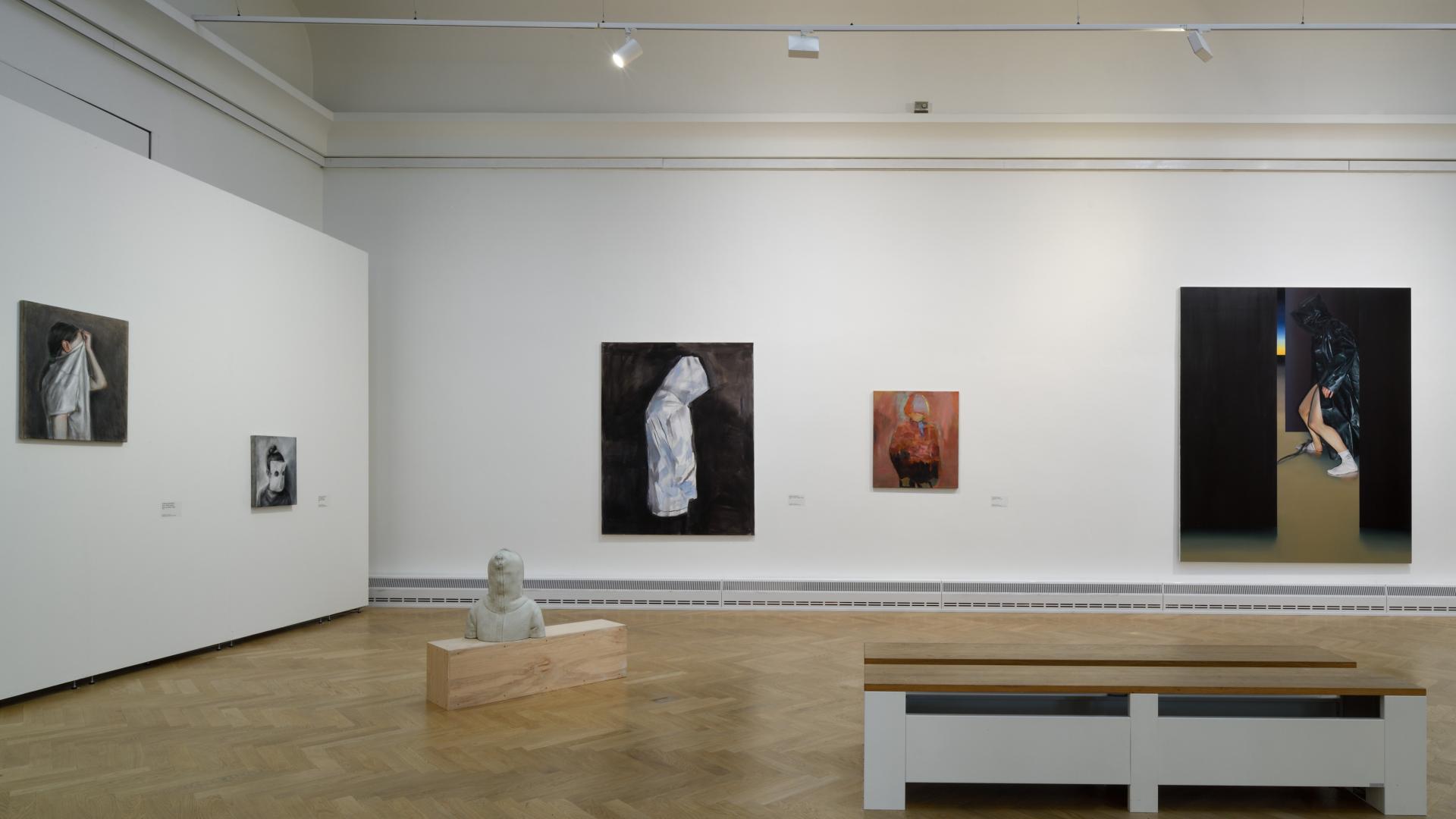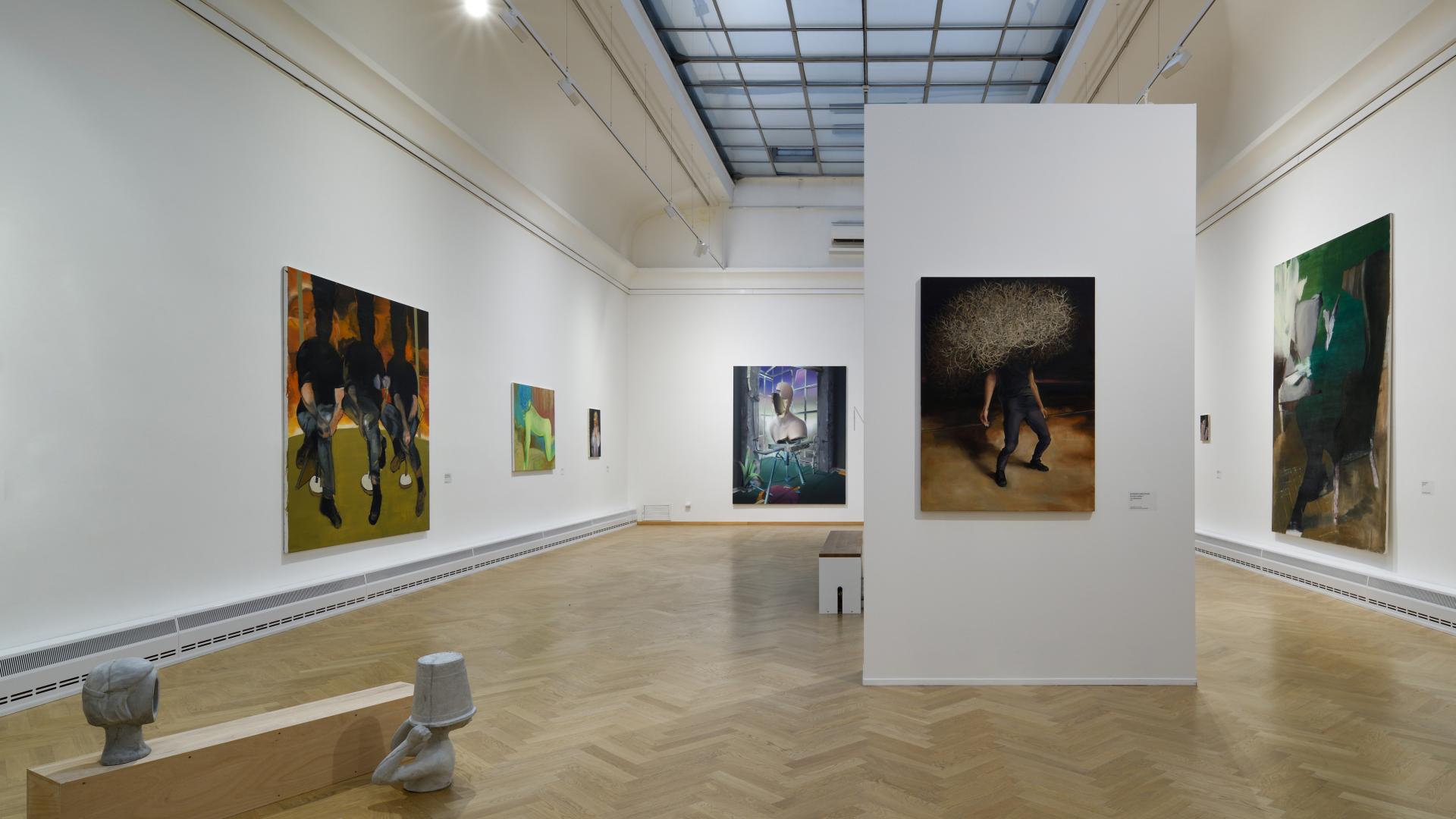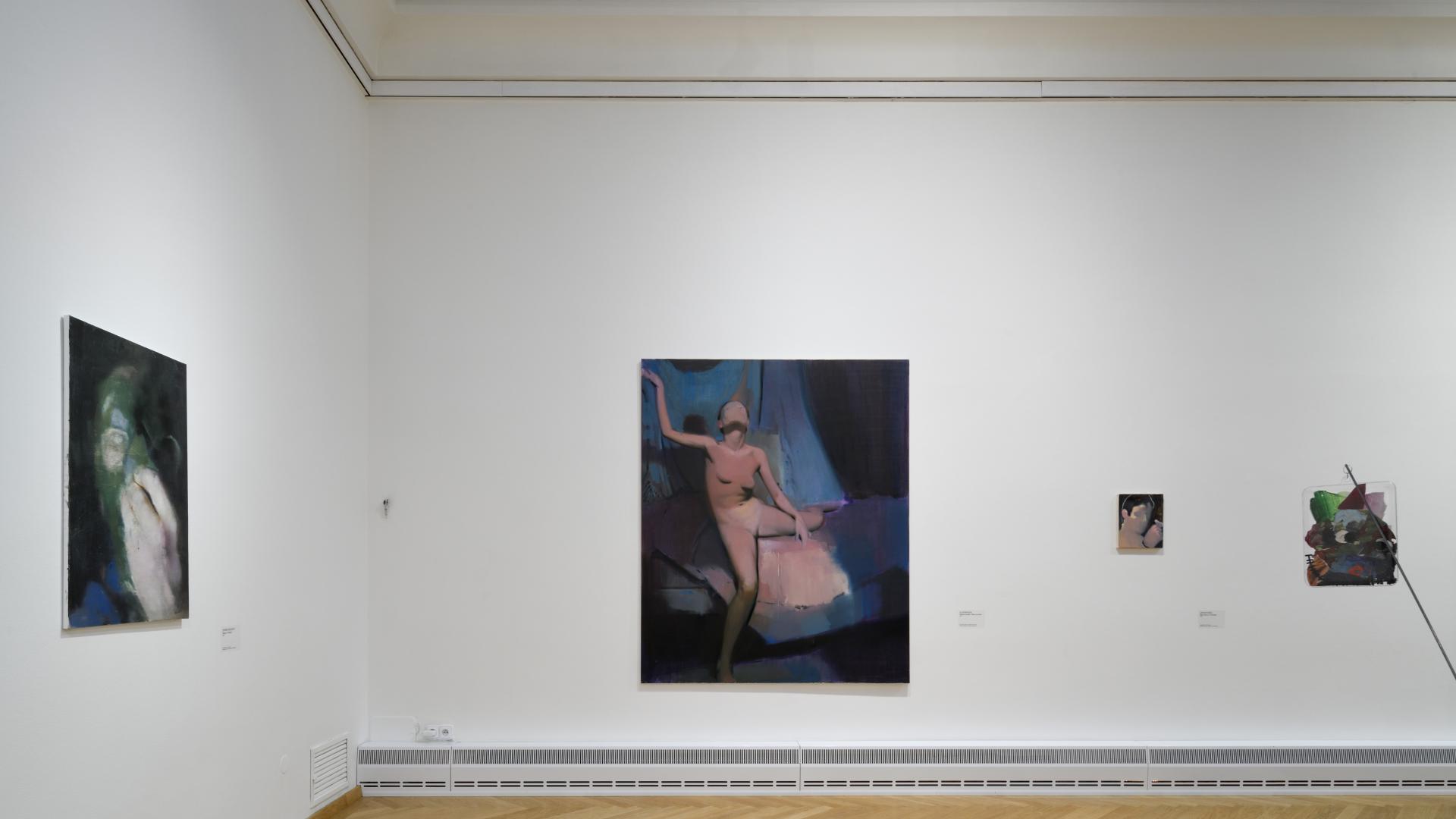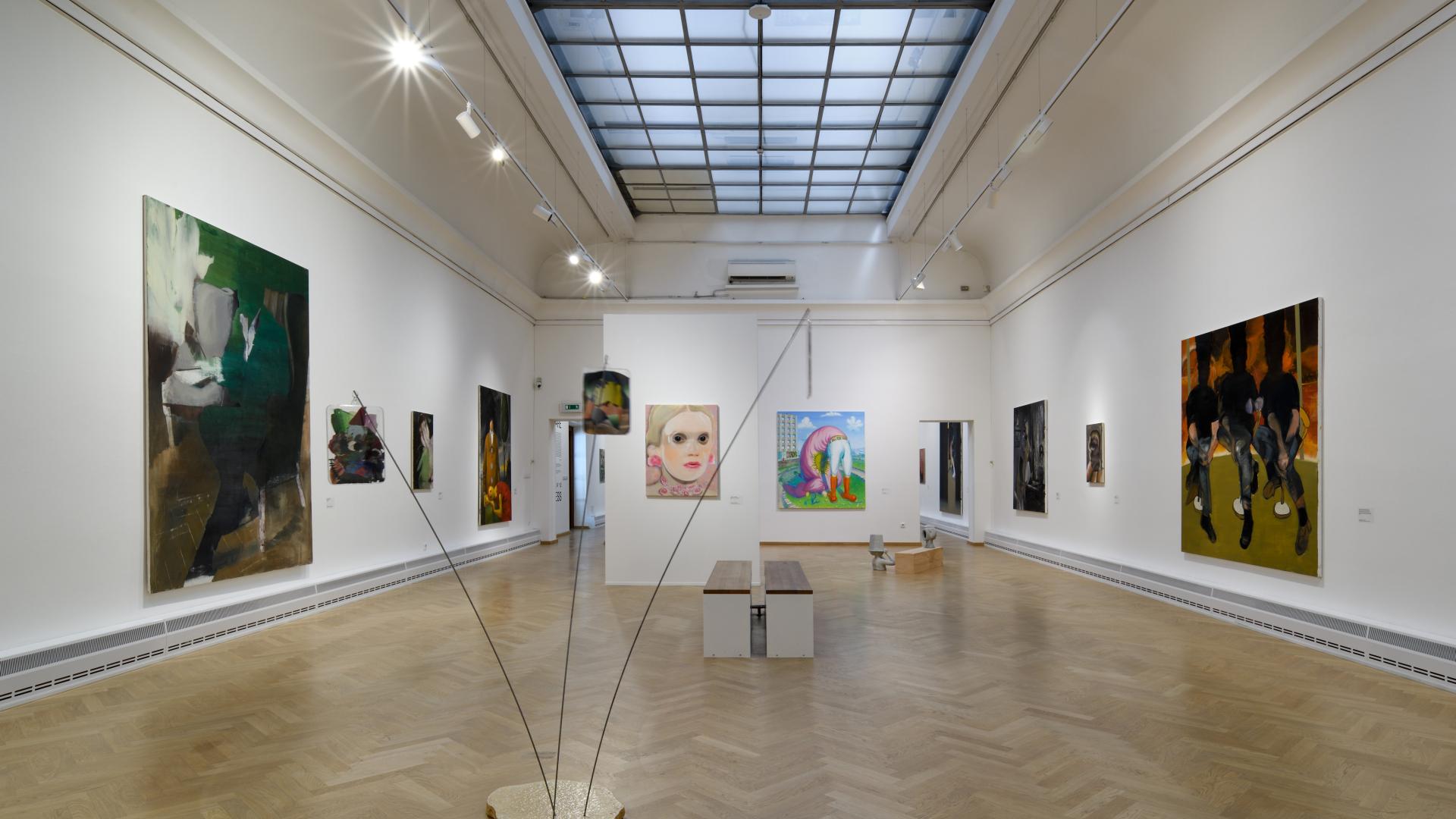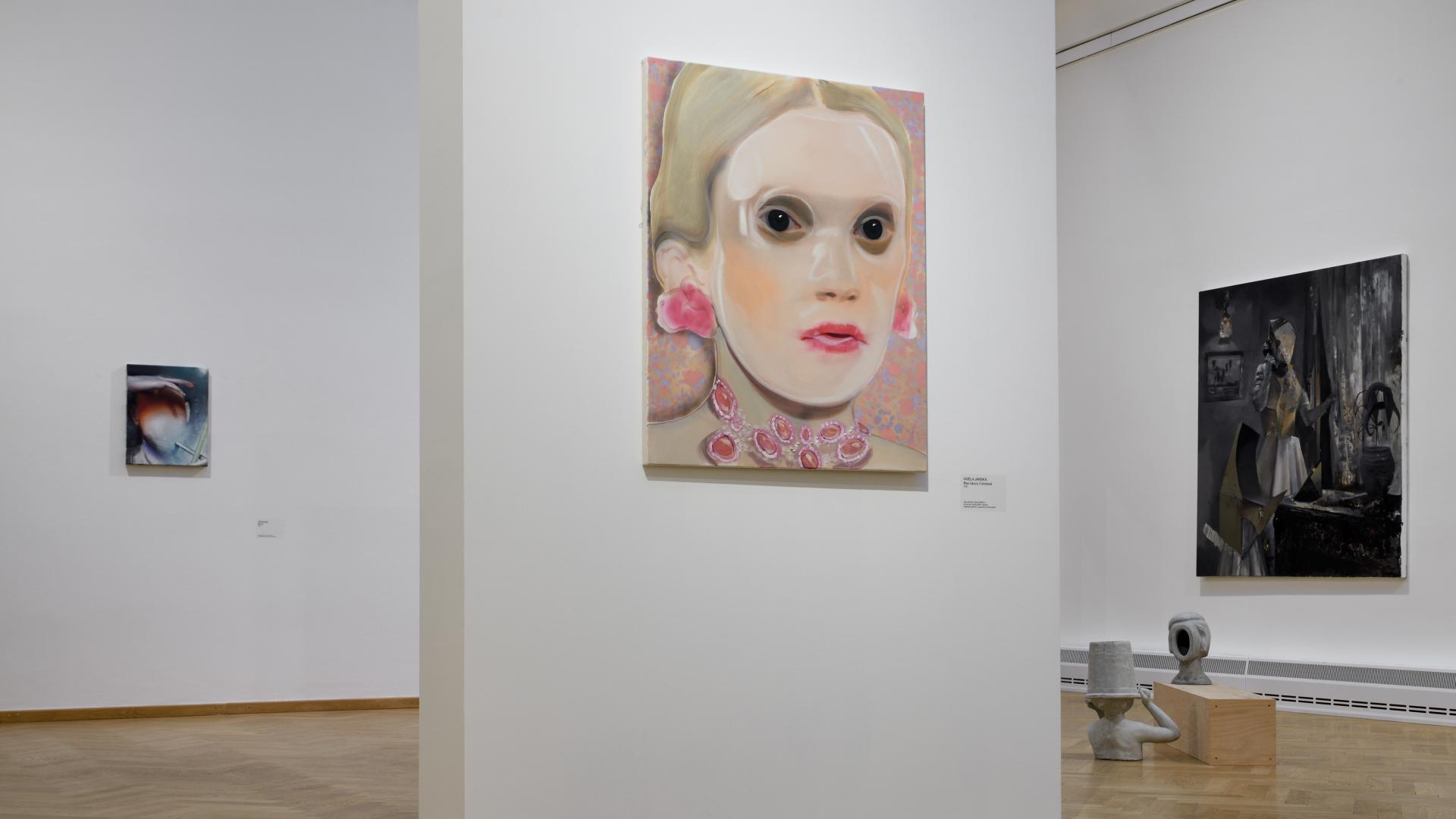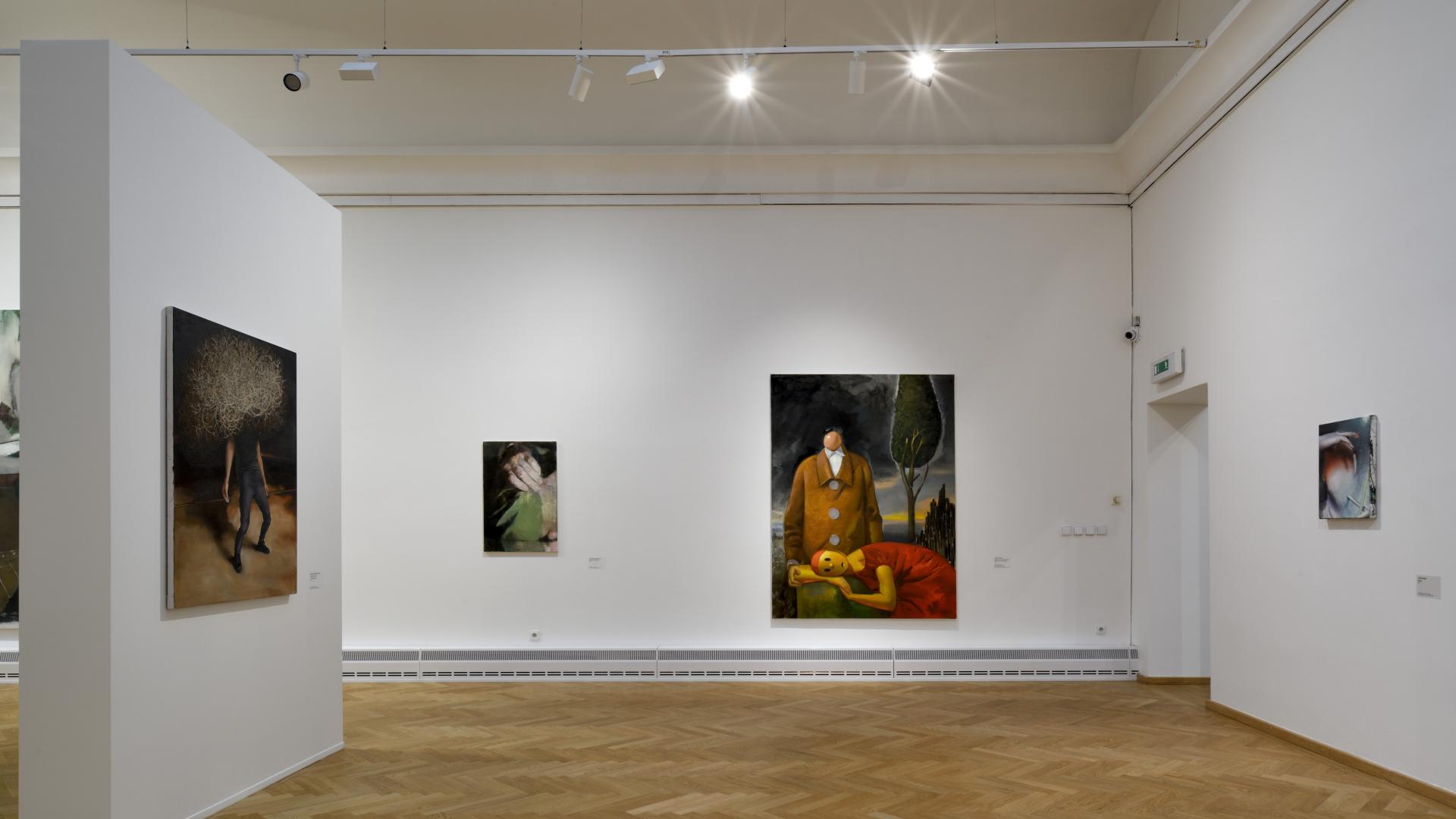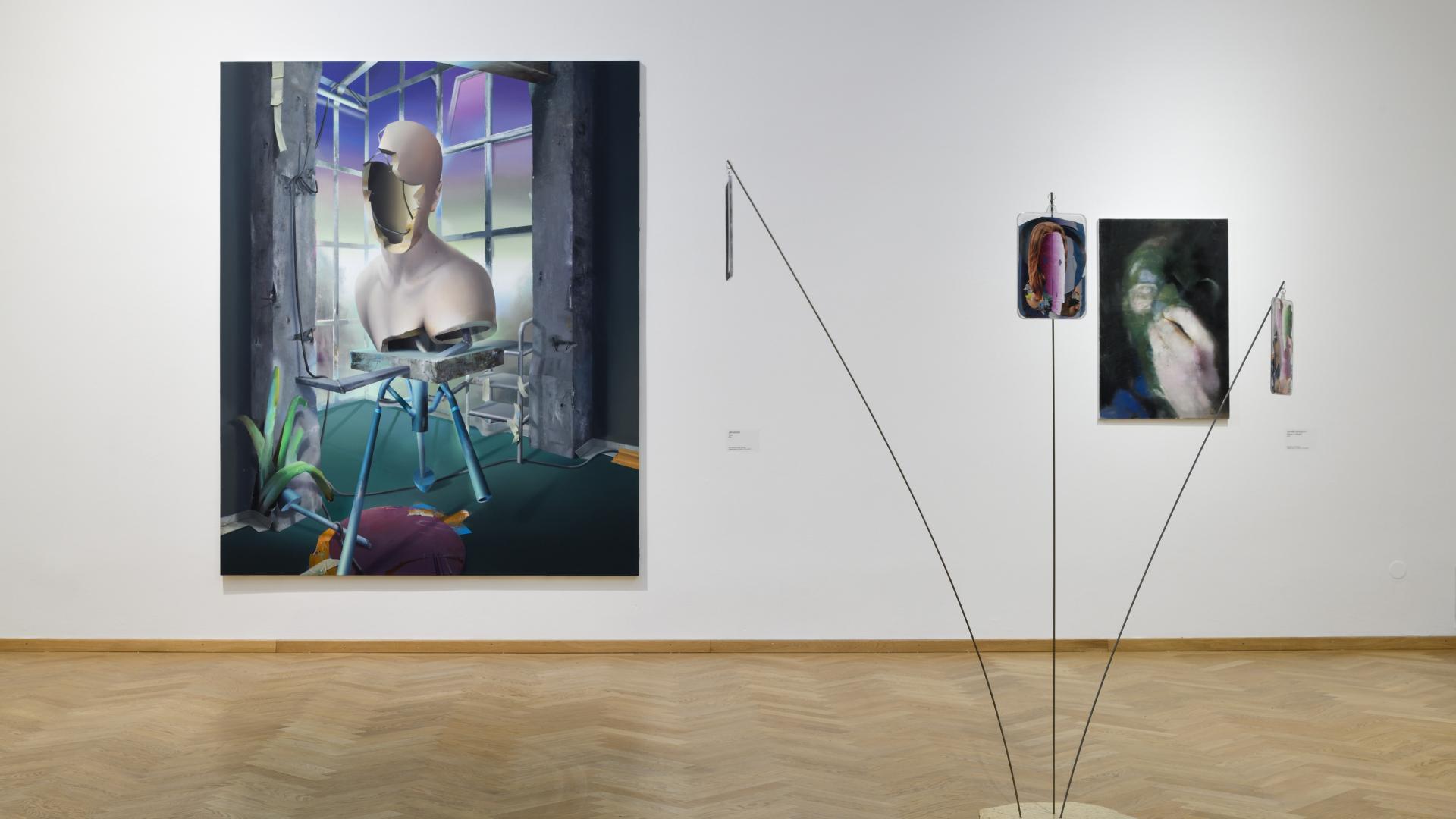
Faceless
—
House of Art, Gallery of Fine Arts in Ostrava, Ostrava, CZ
Group exhibition
Curator: Jaroslav Michna
Exhibiting artists: Josef Bolf, Aleš Brázdil, Václav Buchtelík, Jakub Čuška, Dalibor David, Jakub Janovský, Adéla Janská, David Jedlička, Samuel Kollárik, Jiří Kuděla, Pavla Malinová, Jiří Marek, Barbora Mikudová, Daniel Pitín, Zbyněk Sedlecký, Adam Štech, Tomáš Tichý, Jan Vytiska
In today’s world, the human face is under pressure. On a biological level, the face is an indispensable tool for communication, and this is logically reflected in various strategies that are used in advertising and marketing. The ubiquitous cult of beautiful young faces dominates our public sphere. It has become an iconic construct of success – putting pressure on those who do not meet this criterion. The face is a tool for influencing people, and those who are involved in this game resort to various facial modifications in order to ensure that their appearance is sufficiently effective.
In contemporary figurative painting, on the other hand, we can witness a significant tendency not to depict the human face – to conceal it entirely, to deform it, or to replace it with different objects. This creates a striking inverse polarity between what happens to the human face in the public sphere (including social media) and the facelessness that we can see in works of art. The absence of faces can express a speculative paradox that highlights the processes by which faces become superfluous or are abused.
Lidská tvář v současné době podléhá tlaku. Na biologické úrovni je nezastupitelným nástrojem komunikace, z čehož logicky vyplývají různé strategie reklamy a marketingu. Všudypřítomný kult krásné mladé tváře opanuje veřejný prostor. Stává se ikonickým konstruktem úspěchu, což sebou přináší tlak na ty, kteří takové kritérium nesplňují. Tvář je nástrojem vlivu a podněcuje aktéry této hry k různým úpravám, aby vizáž měla patřičný dosah.
V současné figurální malbě naproti tomu existuje významný trend lidskou tvář nezobrazovat, deformovat, skrývat nebo ji zaměňovat za jinou předmětnost. Vzniká nápadná inverzní polarita mezi tím, co se s lidskou tváří děje ve veřejném prostoru, včetně sociálních sítí, a onou beztvářností v malbě. Malířská absence obličeje tak může sloužit jako spekulativní paradox, který poukazuje právě na procesy jeho všudypřítomné zbytnělosti a zneužití.
